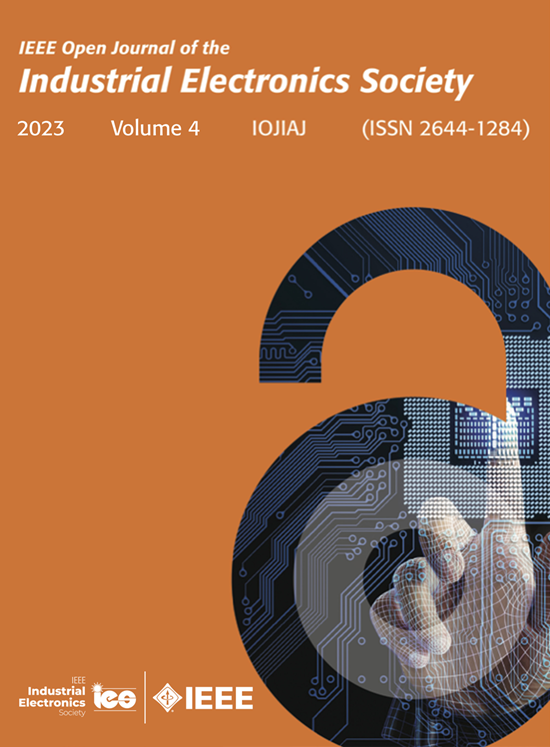Grid-Forming Controller for Multi DC/AC Converter Topology Supplying 25 kVAC Single-Phase Railway Catenary From 3 kVDC
IF 4.3
Q1 ENGINEERING, ELECTRICAL & ELECTRONIC
IEEE Open Journal of the Industrial Electronics Society
Pub Date : 2025-03-05
DOI:10.1109/OJIES.2025.3548456
引用次数: 0
Abstract
One of the primary challenges associated with single-phase AC railway electrification is the unbalance created within the three-phase supply grid. This problem does not arise in DC electrification systems. The aim of this article is to introduce a novel Grid-Forming control strategy, which applied to a power electronics based topology allows the generation of an AC catenary from the DC catenary. Focusing on the capabilities of the control algorithm, the system is presented as a fully scalable solution employing multiple grid-forming DC/AC converters. These converters use power control loops based on the Virtual Synchronous Machine concept, adapted to single-phase operation. A key advantage of this approach is that all converters within the system contribute to supporting both voltage and frequency stability. In addition, the implementation does not require a higher-level controller or communication system. Through an appropriate power control design, the power supplied by each converter, relative to the total load demand, can be determined.从3kvdc向25kvac单相铁路接触网供电的多直流/交流变换器拓扑的成网控制器
与单相交流铁路电气化相关的主要挑战之一是三相电网内产生的不平衡。这个问题在直流电气化系统中不会出现。本文的目的是介绍一种新的网格形成控制策略,该策略应用于基于电力电子的拓扑结构,允许从直流链链生成交流链链。重点是控制算法的能力,该系统是一个完全可扩展的解决方案,采用多个形成电网的DC/AC转换器。这些转换器使用基于虚拟同步机概念的功率控制回路,适用于单相操作。这种方法的一个关键优点是系统内的所有变换器都有助于支持电压和频率稳定性。此外,该实现不需要更高级的控制器或通信系统。通过适当的功率控制设计,可以确定每个转换器提供的功率相对于总负载需求的大小。
本文章由计算机程序翻译,如有差异,请以英文原文为准。
求助全文
约1分钟内获得全文
求助全文
来源期刊

IEEE Open Journal of the Industrial Electronics Society
ENGINEERING, ELECTRICAL & ELECTRONIC-
CiteScore
10.80
自引率
2.40%
发文量
33
审稿时长
12 weeks
期刊介绍:
The IEEE Open Journal of the Industrial Electronics Society is dedicated to advancing information-intensive, knowledge-based automation, and digitalization, aiming to enhance various industrial and infrastructural ecosystems including energy, mobility, health, and home/building infrastructure. Encompassing a range of techniques leveraging data and information acquisition, analysis, manipulation, and distribution, the journal strives to achieve greater flexibility, efficiency, effectiveness, reliability, and security within digitalized and networked environments.
Our scope provides a platform for discourse and dissemination of the latest developments in numerous research and innovation areas. These include electrical components and systems, smart grids, industrial cyber-physical systems, motion control, robotics and mechatronics, sensors and actuators, factory and building communication and automation, industrial digitalization, flexible and reconfigurable manufacturing, assistant systems, industrial applications of artificial intelligence and data science, as well as the implementation of machine learning, artificial neural networks, and fuzzy logic. Additionally, we explore human factors in digitalized and networked ecosystems. Join us in exploring and shaping the future of industrial electronics and digitalization.
 求助内容:
求助内容: 应助结果提醒方式:
应助结果提醒方式:


